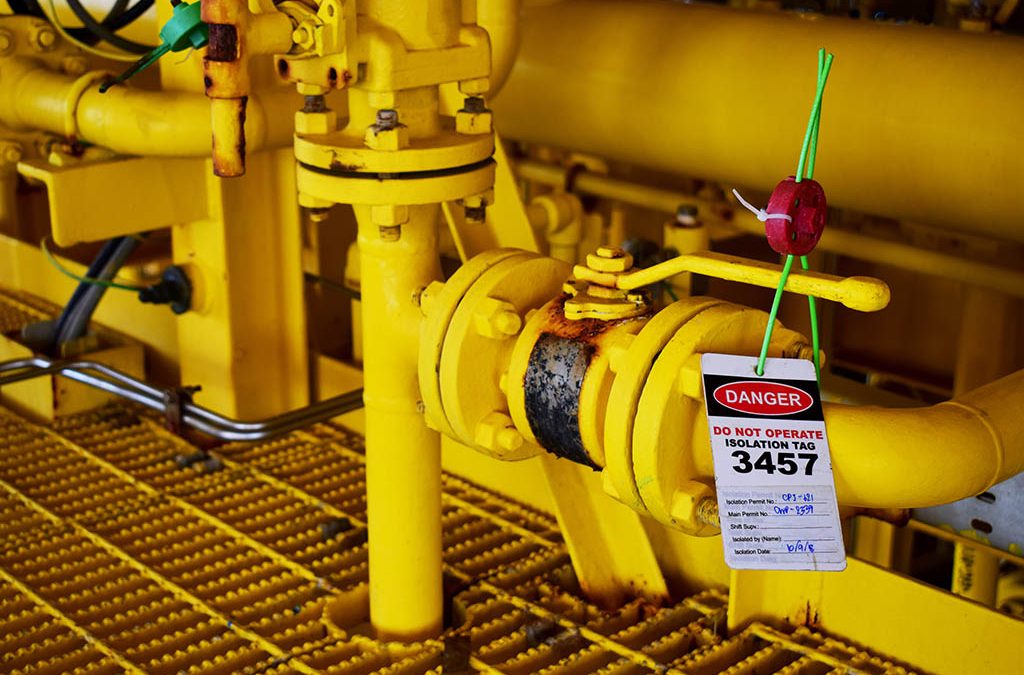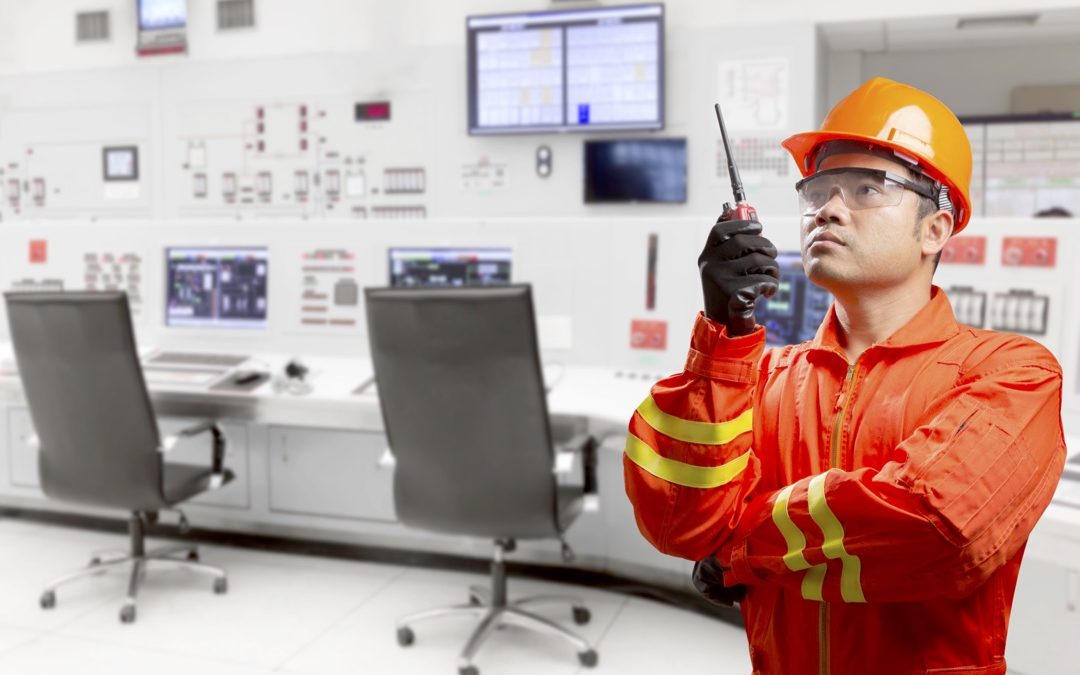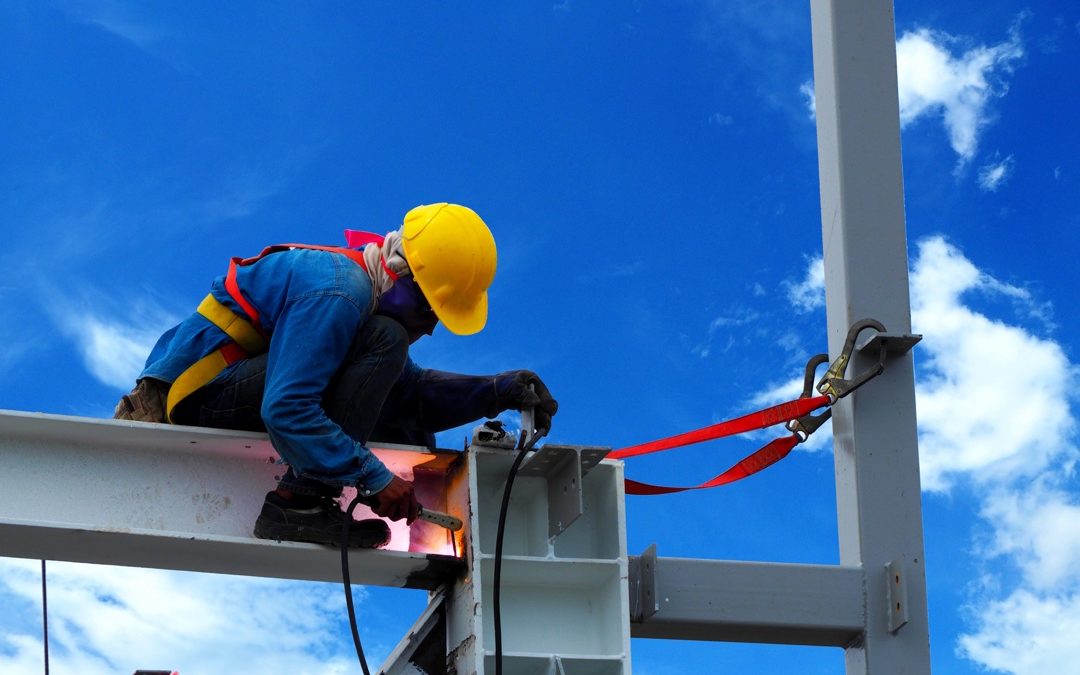
Isolations and the permit to work
In this overview, we will take a look at some of the principles around managing isolations during maintenance. Isolations are a critical precaution when working on energised plant and equipment.

In this overview, we will take a look at some of the principles around managing isolations during maintenance. Isolations are a critical precaution when working on energised plant and equipment.

In this article we will take a look at the concept of a “Safe System of Work”, and how this relates to overall operational risk management and the permit to work.

In this article we discuss access control in general and then some of the opportunities for improving safety by integrating site access control with the electronic permit to work system.

Safety training is seen as the most important intervention that will ensure that workers are competent in their jobs. Training is always a good thing, when done right. It is even better when safety training is laser focused on the precise requirements of the job.

Shift handover is a a critical process that relies on effective communication in order to reduce the risk of safety incidents. The permit to work system must be coordinated with the shift handover procedures to ensure that jobs continue to take place under safe conditions, even when teams change.

Work at height is a particularly hazardous activity which should be reduced by specific control measures that first tries to avoid the work altogether, and then if this is not possible, limits the risk through precautions. The permit to work is an important administrative tool to ensure safe work takes place at height.